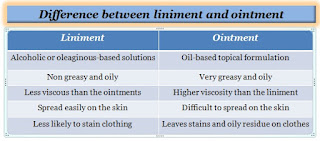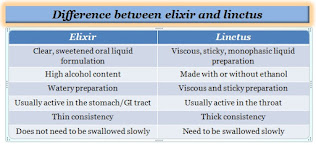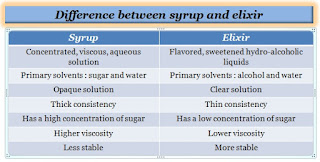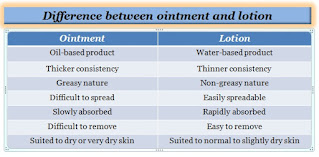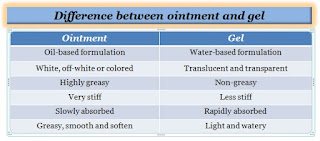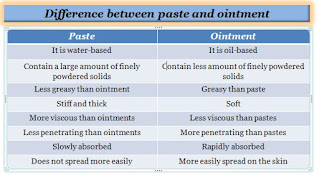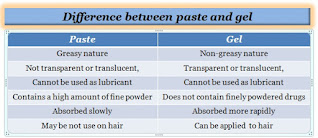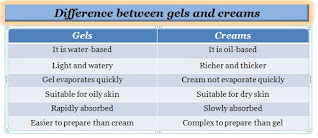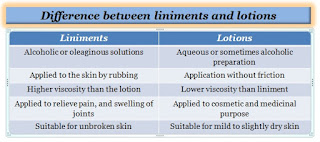The major difference between liniment and ointment is that the liniment is a topical remedial preparation that is used to rub the skin with friction to relieve arthritis symptoms, whereas ointment is a viscous, oil-based preparation that is applied to the skin for medicinal or cosmetic purposes.
Dosage forms are means to deliver active pharmaceutical ingredients (API) to the specific site of the body. Dosage forms are classified as solid, semi-solid, liquid, and gaseous depending on their physical properties, and depending on the route of drug administration they are oral, sublingual, parenteral (Injection), and topical routes. Gel, paste, ointment, cream, suppositories, capsule, tablet, granules, powder, solutions, elixir, drops, syrup, suspension, linctus, colloids, mouthwash, lozenges, aerosol, spray, and inhaler are examples of dosage forms.
Table of Contents |
Semi solids are topical dosage forms that can be applied to the skin or mucous membrane for therapeutic, cosmetic, or protective purposes. They contain one or more medicines as well as excipients that are dispersed in a suitable base. Because of its advantages, convenience, and affordability, topical administration is the preferred route for local delivery of therapeutic agents.
Liniment:
Liniments are a liquid or semi-liquid formulation that is applied to the skin to reduce pain or relieve stiffness. They are alcoholic or oleaginous solutions or emulsions of different therapeutic substances intended to be rubbed on the skin. Liniments containing insoluble substances that have to be thoroughly shaken before use and are only intended for external use.
Ointment:
The ointment is an oil-based topical formulation with a semisolid texture and a greasy appearance that can be used as moisturizers, medications, or cosmetics on the skin, eyes, and mucus membranes. Ointments usually contain 70% or more oil, making them thick, greasy, and sticky. The viscosity of the ointment ensures that the drugs in it are completely absorbed by the skin and prolonged action.
Difference between liniment and ointment:
- Liniments are alcoholic or oleaginous-based solutions, while ointments are oil-based topical formulation.
- Liniments are not greasy and oily, while ointments are very greasy and oily.
- Liniments are usually applied to the skin by rubbing and friction, while ointments are applied to the skin without friction.
- Liniments are not used on damaged or unbroken skin because they cause irritation, while ointments can apply directly to the damaged or inflamed region.
- The liniment is applied to relieve pain, and swelling of joints, while ointment is used for medicines, moisturizers, or cosmetics.
- The liniment is less viscous than the ointments or creams, while the ointments have a higher viscosity than the liniment.
- Liniments are used for all forms of skin, except damaged or unbroken skin, while ointments are better suited to dry or very dry skin.
- Liniments are liquid and spread easily on the skin, while ointments are sticky and difficult to spread on the skin.
- Liniments are less likely to stain clothing, while ointments, lotions, and creams, can stain and leave an oily residue on clothing.
The similarity between liniment and ointment:
The major similarity between liniment and ointment is that they both are topical dosage forms intended to use on the skin for medicinal or cosmetic purposes.
Commonly asked questions on liniments and ointments are as follows.
Why is liniment not applied to broken skin?
Liniment should not be applied to broken or damaged skin as it will irritate it, especially if the solvent is alcohol.
What is the difference between emollient and liniment?
Emollient is substances that moisturize and soften the skin, whereas liniment is a topical medical preparation intended to rub into the skin with friction.
You may also like this
